Composting in Calgary for a Lush Yard and a Thriving Garden
Composting in Calgary has become more popular with every passing year as people turn to the green side. As the City of Calgary brought the Green Bins to each neighborhood, this has increased the amount that Calgary does in fact compost. If the word “compost” still seems like a foreign word to you and you have no idea what it means, here is a quick overview of the process and how it is done.
What is composting?
Composting is a natural process of decomposing organic material. This material can either be from animal or plant sources. If you take a walk through the woods you’ll see naturally occurring compost on the floor of the forest. All of this material will be consumed by different types of animals that range from large mammals all the way down to microscopic organisms. As a result, compost is formed that helps to create a soft rich soil.
It is easy to set up backyard composting that will create the same type of environment to break down these organic materials that you would otherwise send off to the dump.
Why composting?
There are two compelling reasons why you would want to compost.
1. It’s environmentally friendly
2. Compost can be used for lawns and gardens to provide a slow release of rich nutrients. Lush lawns and thriving plant growth are a direct result of adding compost to your gardening and lawn maintenance efforts.
You can either create a Compost site in your own back yard or obtain the City of Calgary Composting that the city makes available to the community for free. (Catagory A compost will be available for community gardens and through select giveaway days to the public)
How to make compost
You’ll need to have a dedicated space in your backyard where you can set up a compost bin. You can make your own using recycled plastic, chicken wire or wood or you can choose to purchase one at a local home improvement store. They aren’t expensive to purchase and are available in two varieties.
1. Enclosed containers
These types of containers are available as rotating drums or as an upgrade box. The types with the rotating drum are easy to turn for mixing and are also simple to unload. Upright containers are often better looking. Both of these types of containers won’t attract pests and insects. Since the enclosed types don’t allow rain to enter, you’re going to have to add your own water to the compost mix.
2. Open containers
These composting bins are designed for collecting rainwater so that in most cases extra water won’t be required. When it’s time to add your organic materials, it’s just a matter of dumping them in without having to worry about opening a lid. On the downside, they can attract local pests and insects, the composting material can get too wet if there has been a lot of rain and the material is harder to mix. You’ll need to have a pitchfork available for the mixing and be prepared to do it regularly.
Composting requires nothing more than throwing in the right organic materials and then letting them turn to compost. It takes several weeks for the mixture to cook and become usable compost, and for this reason it is always best to look for a container that has two chambers. This way, while one side is busy decomposing the materials, you can be adding more to the other side. The one side that is doing the composting needs a few weeks to produce this compost and during this time nothing else should be added to it. If anything new is put into this chamber, the whole clock needs to be reset since the composting efforts have been interrupted.
When you have the right materials in balance, natural organisms are going to break away the organic material and turn it into compost. You just need to feed the container what it needs to create a healthy balance.
Adding the right materials
There are two different types of materials that must be present for the composting to take place. These are referred to as brown and green materials. Brown organics include dried grass, straw, and dry leaves. Green organics include fresh grass, garden leaves, kitchen scraps, fresh weeds etc. The combination that you’d be aiming for is one part green organics to four parts brown materials.
Once you have your bin set up with materials you’ll need to continually turn them. The more they are turned the faster they will produce the perfect composting material.
You can compost almost any organic material that was once alive. There are certain kitchen scraps, however, that should not be added to the mix including fatty foods like cooking oil, salad dressing and cheese, bones and meat.
If you’re serious about setting up a compost bin in your backyard you should get a complete list of the foods and materials that can be added and those that should be avoided. This way you’ll be able to produce the perfect compost and watch your lawn and garden thrive as a result. You’ll also have the pride of knowing that you have done your part to help save the planet.
Below is a model of what the Calgary facility looks like and it’s functions:



